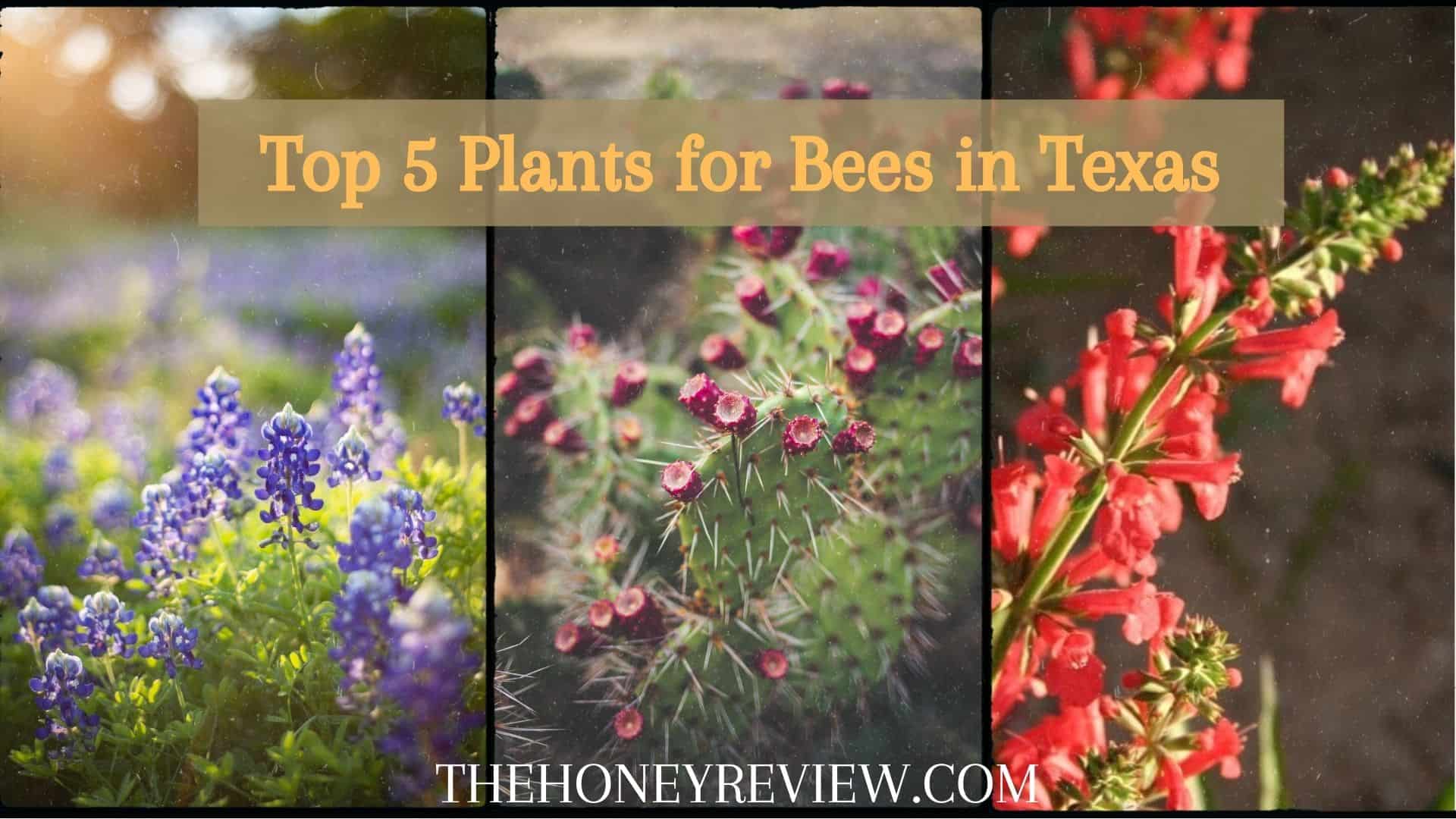
Install a bee-friendly buffet in your backyard with these 5 best plants in Texas that attract native bees and other beneficial pollinators. You don’t need to be an expert at gardening or keeping honeybees; all you’ll need is some patience, creativity (and maybe just one friend!)
Bluebonnet
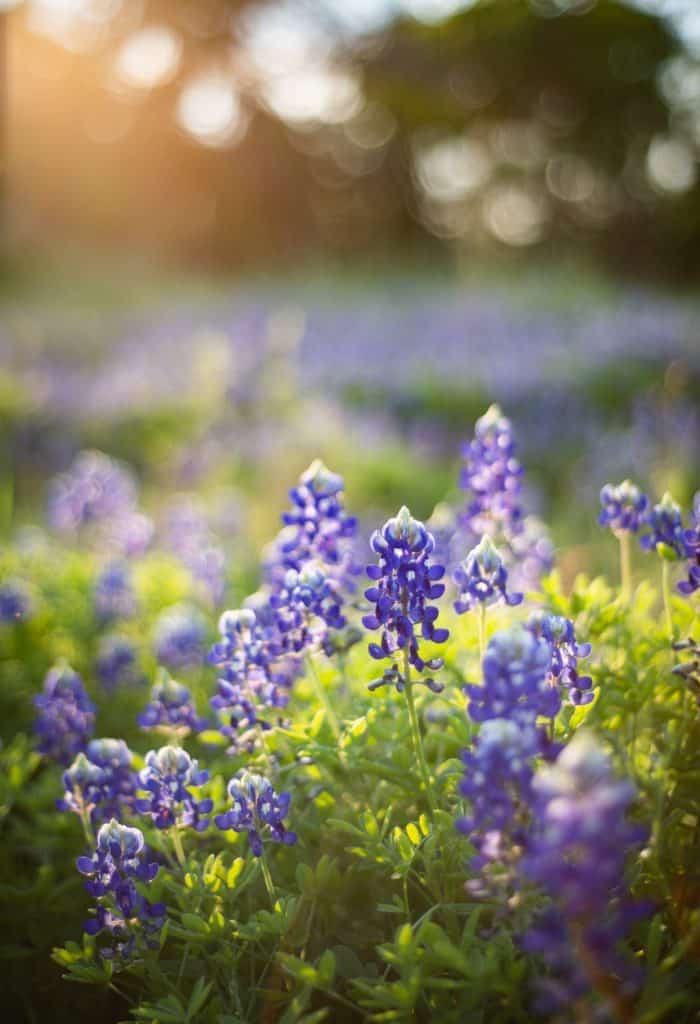
The official flower of the lone star state. Bluebonnets are also known as Lupinus texensis in their latin name.
If the winter is mild, Bluebonnets start blooming in late February or March. Typically, it’s early April when they bloom in mass. They bloom for a few weeks and then trade for other wildflowers.
Plant them in rocky alkaline soil, and plan to plant them in October. Winter rain and weather will impact how many will actually bloom. Bluebonnets became the state flower in 1901! It beat out the Prickly Pear Cactus and Cotton Boll.
Texas Betony
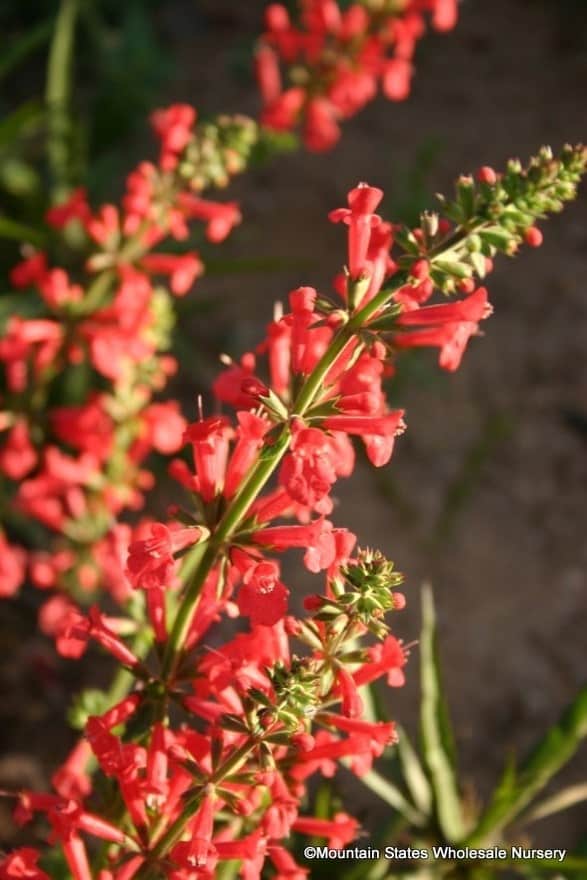
Texas gardening at times is tough, and may require more resilient plants. The Texas Betony pairs great with the Bluebonnets and can withstand some of the harsh Texas weather periods. Texas Betony is a known as Stachys coccinea in latin, and is a member of the mint family. It requires little water after its initial planting period, doesn’t require fertilizer, is deer resistant and has a long bloom cycle.
It grows 1 to 3 feet high and likely will sprawl. Commonly used as a border plant in landscapes. It’s one of the favored Texas plants typically used by local gardeners. Blooms start in March through October. It’s also an excellent pot plant.
Prickly Pear
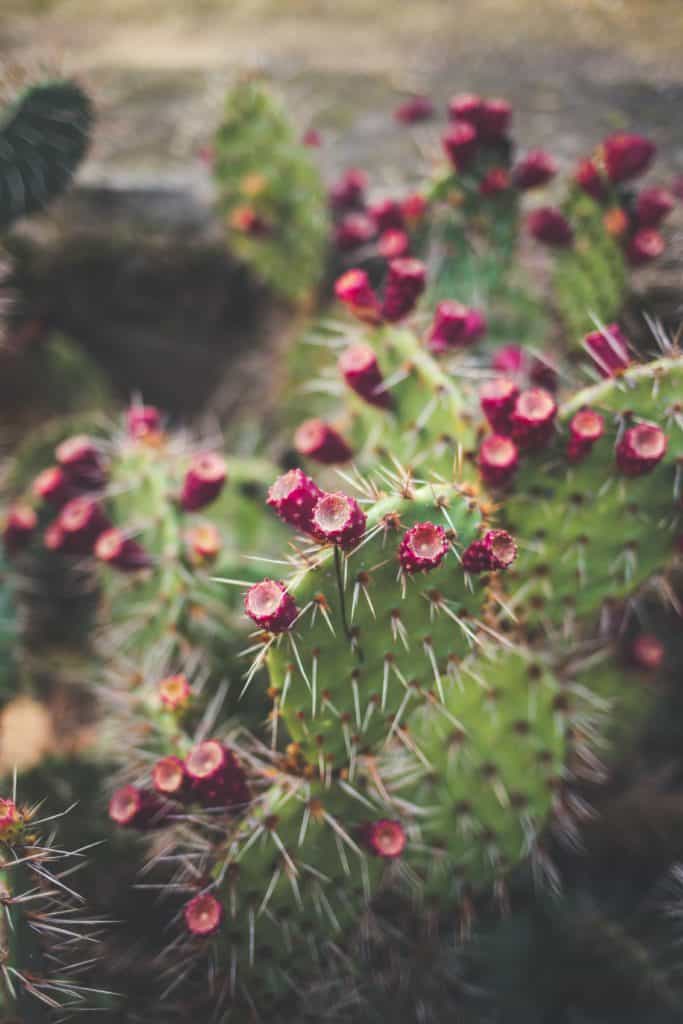
One of the better-known Cactus in Texas. Bees love these flowers. Plus, the pads, flowers, and most of the fruit varieties are edible after careful cleaning. Also known as Opuntia in latin, or Nopal Cactus or Paddle Cactus. Typically found in warm dry climates in the southwest, but they even extend to eastern regions withstanding colder seasons. They prefer alkaline to neutral soil, and you can plant cuttings pretty much any time of the year. Keep in mind initial growth from seed is slow. The seeds need shade and should be kept moist. Expect 3-4 years before it produces flowers and fruit.
These are extremely drought tolerant and you don’t want to water them for the first month. Then you can water every 2-4 weeks for the first year, however rainfall is often enough to sustain them.
Cuttings are likely your better bet for starting them. They need full sun and well-draining soil for a bloom in June to July.
Indian Blanket ( Firewheel )
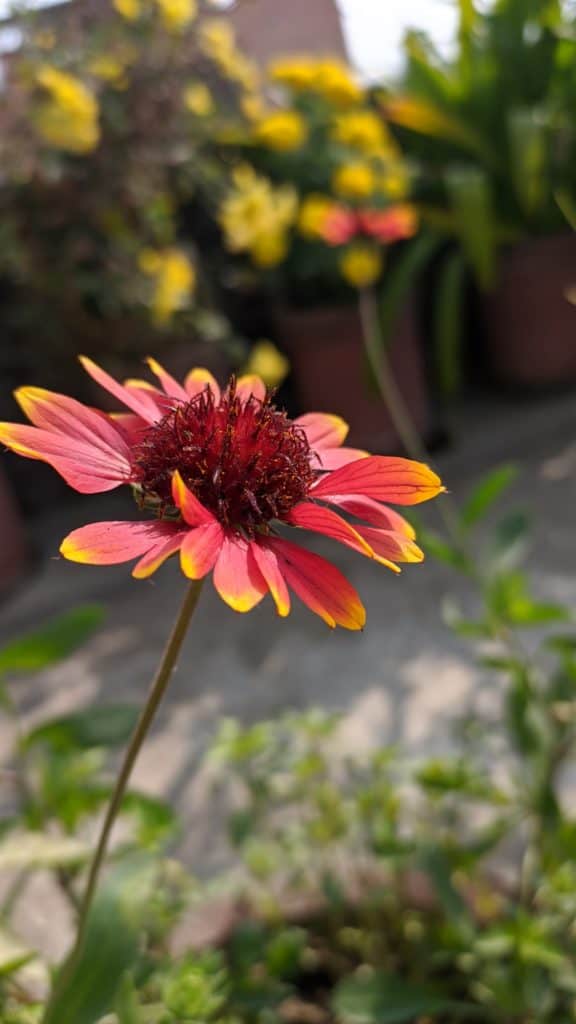
Often accompanied with Bluebonnets, Indian Blankets are popular annuals often seen alongside southwestern roads.
These wildflowers resemble something of Fourth of July fireworks. Varieties are popular in Texas for their ability to tolerate heat and drought.
Some are even entirely yellow, but most just have yellow or orange tips. Known as Gaillardia pulchella in latin. It’s part of the Aster family. Bloom times are long with months all through summer. May through August. Flowers grow longer if rain is abundant. Requires good drainage, Firewheels are super easy to plant. Moderate Deer resistance attracts butterflies and bees.
Verbena
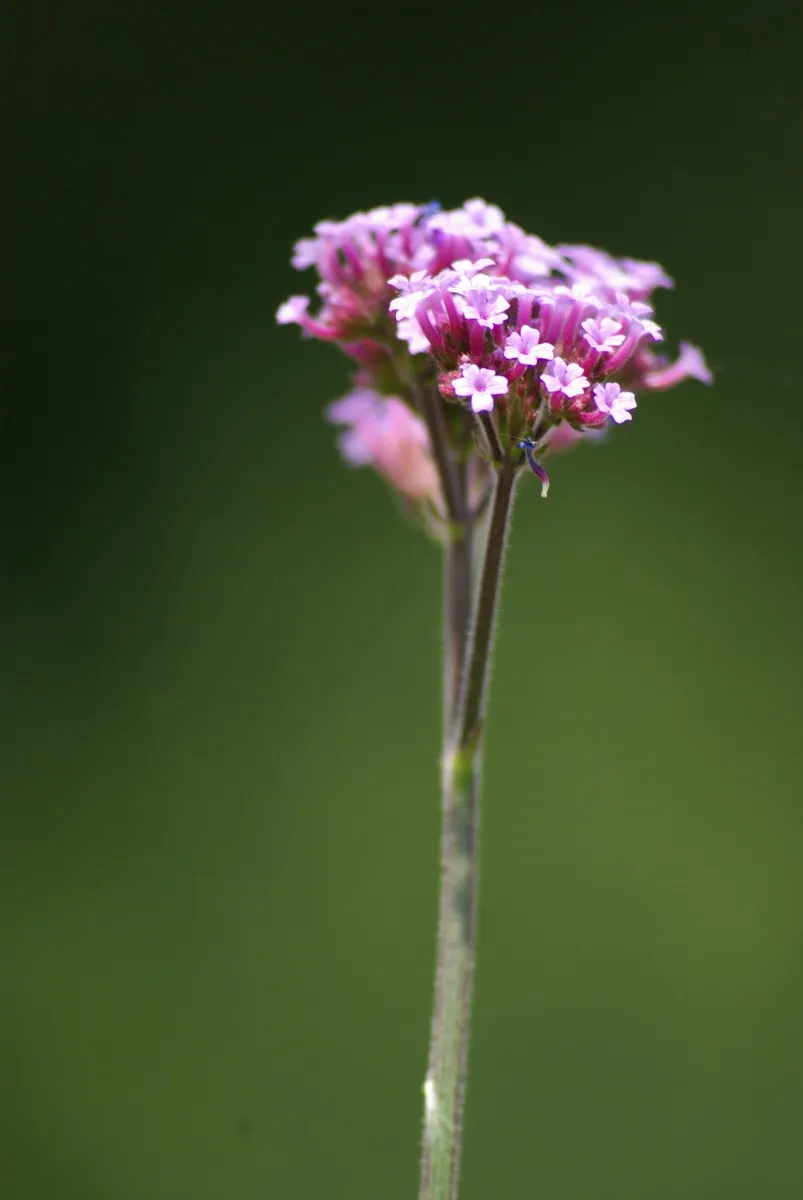
Vibrant hardy and capable of withstanding Texas seasons, Verbena is a great option for Bees, Hummingbirds and Butterflies. It blooms all season long, and can withstand winter climates. Verbena even tolerates drought seasons with ease.
Plant Verbena, also known as vervain or Verviene, or Verbena officinalis in latin, should be planted after the looming possibility of frost has passed. Generally mid spring or early summer. You can start them as seeds indoors for about 8-10 weeks if temperatures aren’t promoting outdoor planting. You can plant them in Hanging Baskets, Planters or as Landscape borders and used as groundcover.
They do well with regular watering, especially container grown plants. Ensure good drainage is present as these can get mildewy and moldy. It’s probably a good idea to plant with others that have similar watering requirements.
You can trim them back if they become too vigorous and it will promote more flowering and full blooms. Proven Winners have lots of good Verbena to look into. Verbena has over 150 different species so there is lots of variety to pick your favorite.
Bring the Buzz Home
Now that you have an idea of some easy flowers to plant in the lone star state, enjoy the company of Butterflies, Hummingbirds, and native Bees. Occasionally you’ll see moths, wasps and flies helping out as well. The feeling of having a garden and watching local wildlife utilize that space is really fulfilling and it’s something I think everyone deserves to participate in. Hopefully these 5 Best Plants for Bees in Texas gives you a couple ideas.
Do you have any favorite seasonal blooms in Texas? Feel free to share what the pollinators seem to love in your garden. Check out what I thought of Kirklands Texas Honey, and Kelley’s Honey.
